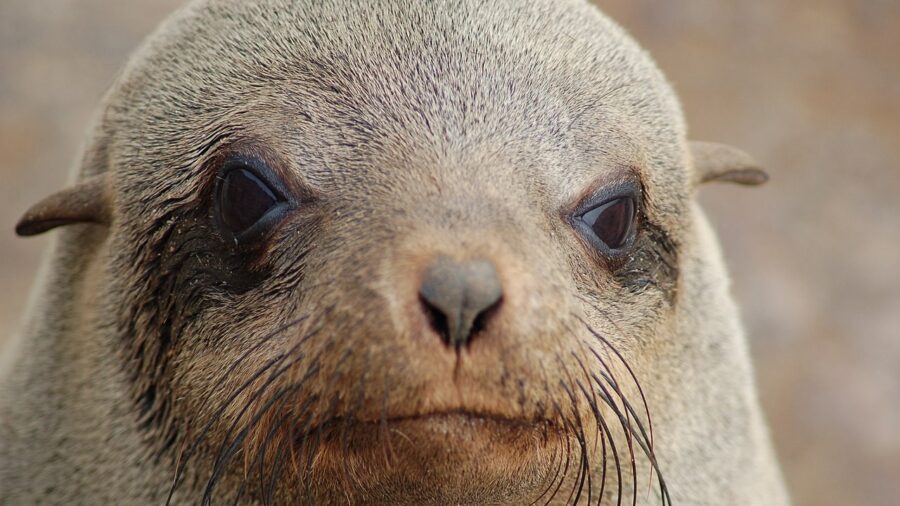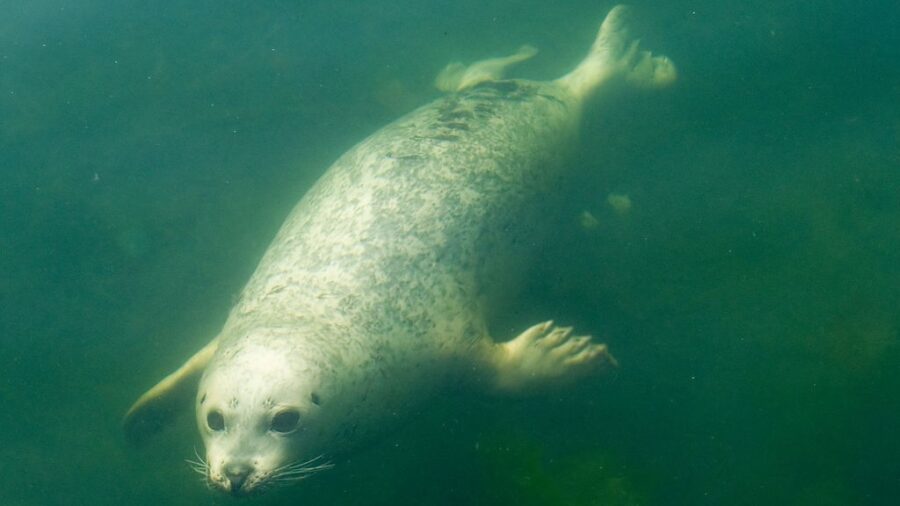Ocean Toxins Are Poisoning Seals, Making Them Violent
Seal attacks are on the rise around Cape Town, South Africa due to a red tide algal bloom that is poisonous to the sea-faring mammals.

As if you needed more of a reason to fear the deep blue sea, a string of seal attacks are plaguing Cape Town, South Africa, terrorizing beachgoers looking for a nice day of fun in the sun. And, if you tuned in for the premiere of HBO’s The Last of Us series and have been on high alert for the next possibility of a zombie-esque apocalypse, this reason won’t help quell your fears. According to Newsweek, it’s been reported that the uncommon aggression is because the animals have been chowing down on an algal bloom that’s ripe with domoic acid.
Brett Glasby, the wildlife management program coordinator at Two Oceans Aquarium, first reported his suspicions on what was behind the seal attacks to local news source, News24. Domoic acid is a troubling toxin that can be released into an animal’s system after they feast on a red tide algal bloom. The aftereffects cause their precious, but now dangerous, brains and hearts to grow in size, making them more agitated and less inclined to peacefully snooze on the beach while being gawked at by onlookers.
Sadly, the story gets even more tragic as beyond the seals being especially primed to attack those they may see as a threat, they’ll ultimately die from the poison. If they’re one of the lucky ones to survive, the seal will suffer from long-term brain damage that will hamper their ability to survive in the wild. This isn’t the first time domoic acid has wreaked havoc on seals in the Cape Town vicinity, with an outbreak in 2021 causing a wave of seal deaths around the area.

And it isn’t just Cape Town that’s experienced seal attacks likely caused by domoic acid. Glasby went on to say that similar happenings have occurred in California and New Zealand, also presumably caused by a toxin in an algal bloom. In these instances, Glasby says that for almost two years following the bloom, certain seals became overly aggressive and agitated, lashing out at their surroundings.
According to ecologist and science author Jake Robinson, who held a position at the Monterey Bay Aquarium Research Institute in California during a time when the seals and sea lions were poisoned by domoic acid, the only way to help them is by transferring them to a “recovery facility” until the poison has worked its way through their bodies. He recalls that during that time he would see the animals “wandering the parking lot of the institute”. However, unlike the seal attacks currently playing out in Cape Town, Robinson didn’t recall the sea creatures “being aggressive,” but rather acting “disoriented”.
For anyone who’s traveled the California coast or somewhere similar in which sea lions and seals call home, the idea of them causing a string of attacks isn’t very far-fetched. Known for their grumpy, gruff, and territorial attitudes, the last thing we needed was for seals to gulp down a toxin that would make them somehow even more aggressive. Don’t worry, there’s no need to thank us as we’re happy to help bump sharks as your number one fear of oceanic creatures.












